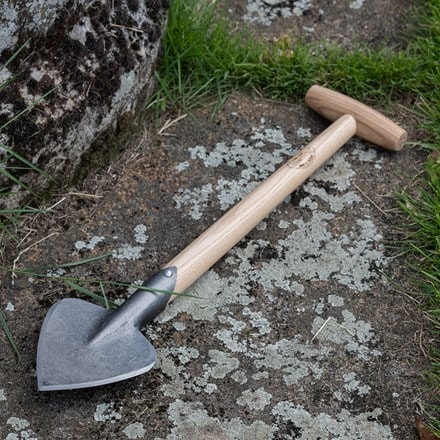Eventual height & spread
Anemone hupehensis var. japonica 'Rotkäppchen'
Japanese anemone Rotkappchen
- 9cm pot
- £9.09 £12.99
- In stock (shipped within 2-3 working days)
Delivery options
- Standard £5.99
- Position: full sun or partial shade
- Soil: moderately fertile, moist but well-drained soil
- Rate of growth: fast
- Flowering period: July to September
- Hardiness: fully hardy
Anemone 'Rotkäppchen', translated as 'Little Red Riding Hood,' is a compact, deciduous perennial that forms clumps of dark green, lobed foliage. This RHS Award of Garden Merit winner produces semi-double, ruffled flowers in a rich dusky pink-red hue, with narrow petals that beautifully accentuate the vibrant yellow anthers at the centre.
Blooming from late summer through autumn, this spreading Japanese anemone adds a striking pop of colour to the garden and is particularly attractive to bees. Ideal for smaller spaces, this shorter variety stands out despite its size, making it a valuable addition to any sunny or semi-shaded border.
Blooming from late summer through autumn, this spreading Japanese anemone adds a striking pop of colour to the garden and is particularly attractive to bees. Ideal for smaller spaces, this shorter variety stands out despite its size, making it a valuable addition to any sunny or semi-shaded border.
When planting, incorporate compost to improve drainage and fertility, spacing plants 30-45cm (12-18in) apart and watering thoroughly. Apply a layer of organic mulch to retain moisture.
Cut back the stalks after the flowers have faded, and tidy up old dead leaves in March. Apply a generous 5-7cm (2-3in) mulch of well-rotted garden compost or manure around the base of the plant in spring. Avoid moving the plant since it resents disturbance.
Where necessary, lift and divide congested clumps in early spring. This plant is quick to establish so spread may need to be checked annually.
Cut back the stalks after the flowers have faded, and tidy up old dead leaves in March. Apply a generous 5-7cm (2-3in) mulch of well-rotted garden compost or manure around the base of the plant in spring. Avoid moving the plant since it resents disturbance.
Where necessary, lift and divide congested clumps in early spring. This plant is quick to establish so spread may need to be checked annually.

